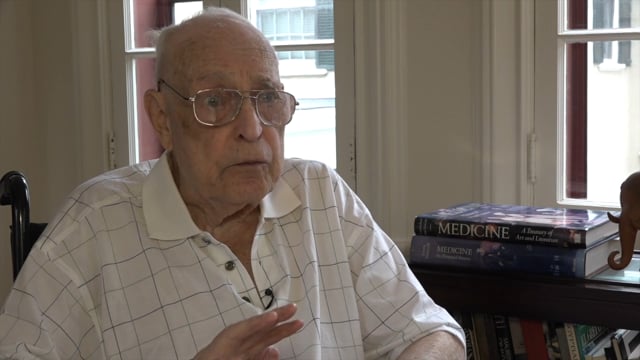László Fülöp
1956erALL MATERIAL: COPYRIGHT CALIFORNIA EUROPEAN CULTURAL INSTITUTE/MEMORY PROJECT
László Fülöp, 1956er
László Fülöp was born Fülöp László György Andor on November 13, 1934 in Tiszakécske, Hungary, one of four children. His father was a lawyer and politician and his mother was the mayor's (főjegyző) daughter. In 1941, the entire family moved to Máramarossziget, a small Hungarian city in Transylvania that was returned to Hungary (after being part of Romania after 1918) during WWII. He was appointed the head of the local courts (Törvényszéki Bíró) and the family lived there until the end of WWII. László has many memories from that period, some of which are painful, but many that he is proud of (including his father's work in saving a number of local Jews from deportation). After WWII, some of those Jews whom he helped save helped him return with his family safely to Hungary to Szentendre where he was offered a job also in the judicial system. László went to high school in Szentendre, but he was not admitted to the university because his father was detained in 1952 for alleged crimes against the democratic people's republic.
László's father was held for 7 months and then placed 300 km away from his family in Kisvarda. László first worked in a coal mine, and then he was drafted into the army as a labor-force soldier (munkaszolgálat) with no weapons training in 1954. After his time in the military, he began working in a textile factory up until the 1956 revolution. László was involved in the revolution from the first protests until the end and has vivid and compelling stories about all that he witnessed. He was not an armed resister but helped to build barricades and assisted the wounded. Because he was in love with a young Hungarian girl, he didn't leave Hungary until early January, 1957. He then fled to Austria and from there was reunited with his older sister and younger brother (they left earlier in November) in Minnesota. There he was given a job by an architectural firm belonging to a distant cousin of Admiral Horthy and could, at the same time, attend university to obtain his architectural degree. He married in Minnesota and had three children with his first wife. He worked for nearly four decades as an architect and professor of architecture and was also heavily involved in the Society of Minnesota Hungarians (Minnesota Magyarok Egyesülete). He is also the Vice President of the Hungarian American Coalition. Since his retirement he has written 4 books. They include poetry as well as the book "From the Danube to the Mississippi" about his years living as a Hungarian emigré in the U.S.
Sadly, László passed away in 2023.






